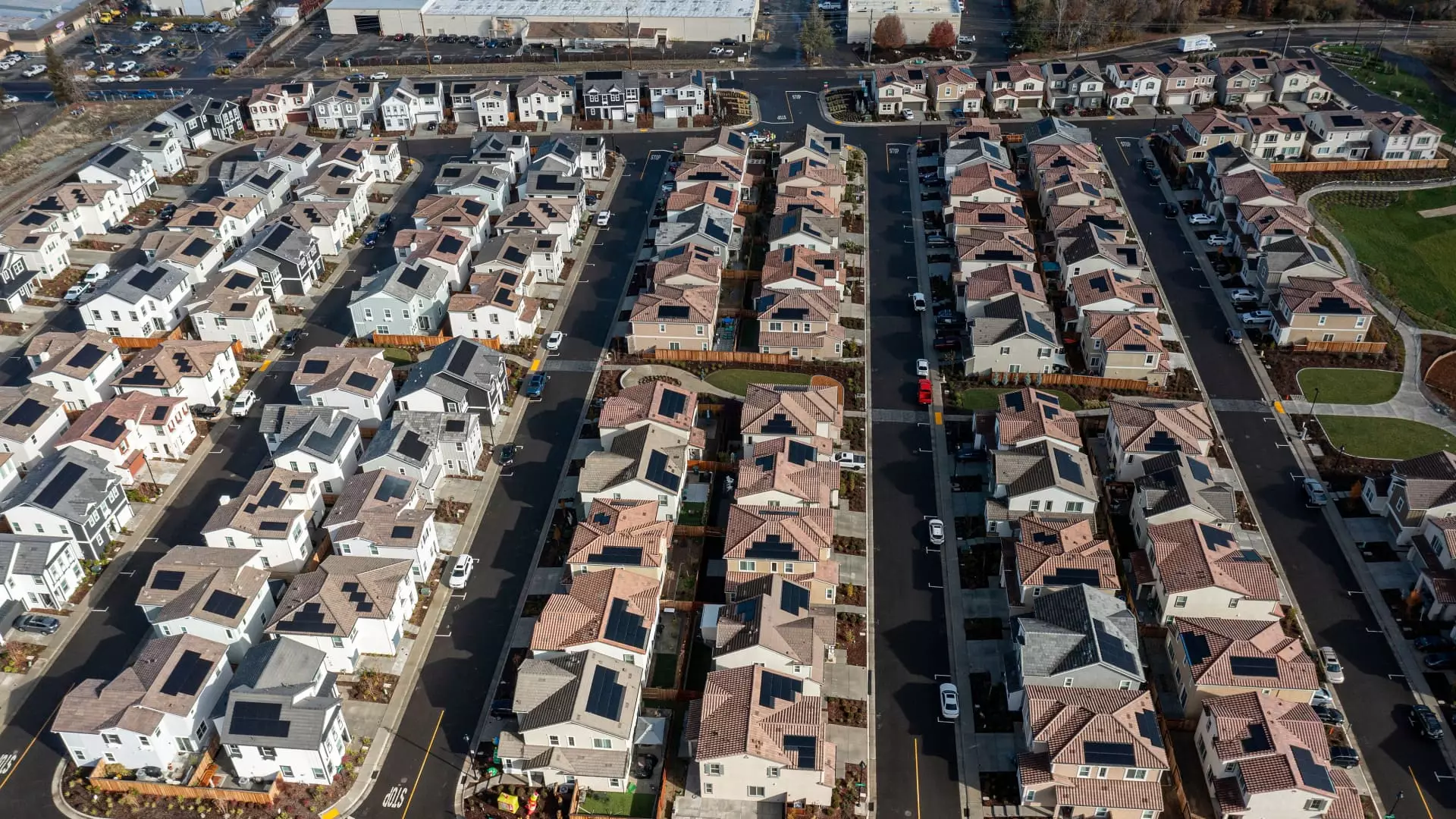The housing market in April of 2024 saw yet another record high in home prices, despite rising mortgage rates and an influx of homes for sale. Traditionally, in such scenarios, prices would start to weaken. However, the current state of the housing market is unparalleled in recent times. The S&P CoreLogic Case-Shiller National Home Price Index reported a 6.3% increase in prices compared to the same month the previous year. This marks the second consecutive month where the national index surpassed its previous record high by at least 1%. Even with the sharp increase in the average rate on a 30-year fixed mortgage from 6.9% to 7.5% in April, the housing market continues to flourish.
Despite the impressive price gains, there are slight indications of a slowdown in the annual and monthly growth rates on the price index. March saw an annual gain of 6.5%, a slight decrease from the current growth rate. Nevertheless, this data contributes to what is now one of the most unaffordable housing markets in the history of the United States, both for homeownership and renting. Home prices have surged by 47% since early 2020, with the median sale price now five times the median household income, according to a study by Harvard’s Joint Center for Housing Studies.
The housing cost burden has reached unprecedented levels, with record numbers of both homeowners and renters struggling to meet their monthly payments. Renters are facing a 26% increase in rental prices since 2020, with three out of every five markets experiencing a rise in rental costs. A staggering half of all renter households, totaling over 22 million, are spending more than 30% of their income on housing, while twelve million of those households are allocating more than half of their income towards rent. Similarly, twenty million homeowners are facing financial burdens due to their monthly payment obligations.
One of the key factors supporting the continuous surge in home prices is the persistent imbalance between supply and demand in the housing market. Even though there has been an 11% increase in new listings in April compared to March, and a 16% increase over April of the previous year, the total supply of homes for sale has risen by 18% year over year. Despite these seemingly substantial increases in supply, it remains insufficient to meet the robust demand. The rapid escalation in mortgage rates during April further exacerbated the issue of housing affordability for many prospective buyers, leading to a surge in price cuts on listings.
Zillow’s senior economist, Orphe Divounguy, acknowledged the relative slowdown in April sales due to the sudden spike in mortgage rates. Nonetheless, well-priced homes continued to sell at a rapid pace, with properties selling in just 13 days on average. In May, inventory levels rose to a 3.7-month supply, still falling short of the six-month threshold considered a balanced market between buyers and sellers. Despite the challenging circumstances, the housing market in 2024 remains dynamic and resilient, showcasing its ability to adapt to changing conditions.

